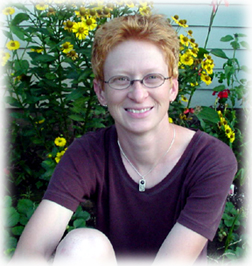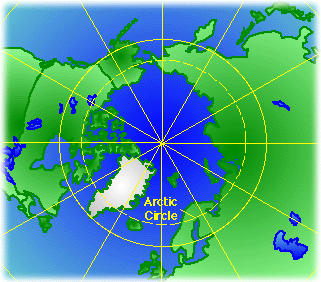
|


I earned degrees in Biology and Secondary Education in 1994 from Gallaudet University in Washington, DC. I landed my first job teaching middle school in Illinois for a short while and went back for my MA in Deaf Education. After two years of teaching at a high school in Maryland with hearing students, I moved clear across country knowing Portland was the place for me. As far as teaching and learning styles, I like to try all sorts of approaches with one of my favorite being experiential and inquiry-based using technology. With support from the community and local conservation organizations, restoring the four-acre habitat on our 100-year-old campus continues to be an ongoing project. My overall involvement at school includes co-sponsoring the Academic Bowl, Ski/Snowboard Club, senior classes, and presenting to professionals in the area of Science Literacy. During my summers, I've studied Hawaiian Monk seals at Midway Island with National Marines Fisheries Services, Hawksbills Turtles on Maui with the Hawaii Wildlife Fund and worked with bottlenose dolphins, harbor/gray seals, and pilot whales at the National Aquarium in Baltimore. This winter break, I went back to Midway Island to count Laysan Albatross eggs with the US Fish and Wildlife Services. I completed 3 months of student teaching in the Philippines and worked with teachers of the Deaf in Kenya, East Africa. My partner and I enjoy camping and hiking with our two dogs, taking photos,gardening, and traveling. I look forward to incorporating MORE science and my experiences with TEA in the classroom and with other Deaf professionals. It is an honor to be a parcticipant in this exciting program.
You won't know how deep a puddle is until you step in it. --- Anonymous
Martin O. Jeffries, PhD and Kim Morris
For the past three years, Dr. Martin Jeffries from the Geophysical Institute studied lake ice within the Poker Flat Research Range, 30 miles NE of Fairbanks. Out of the eleven ponds, three from within the range are used for his primary research study: MST pond and two secondary sites (31.6 Mile, and 33.5 Mile ponds). The objective of this study is to use numerical modeling to simulate the variability of lake ice growth and decay at the present time and during the period of meteorological record in different climate zones of Alaska, and to understand the factors responsible for that variability in order to predict the response of the ice to future climate change. The lake ice growth and decay variables are:
In order to calculate conductive heat flow from the ponds to the atmosphere, we take the following measurements: snow depth, temperature (surface and base of snow), and ice thickness. With some of those measurements, we can calculate temperature gradient, which is one aspect of the conductive heat flow equation. To determine thermal conductivity (the second part of this equation), snow samples are collected to calculate density.
Towards the third phase of this study, ice-coring samples will be taken into a walk-in freezer to study their ice crystal textures. This will determine the processes of ice growth based on freezing of water on the bottom and amount of frozen slush on the top.
My students will have the opportunity to partake in a pond study outside of the three study sites. To see what's happening with Jalpertia pond data and my work with Martin, review my journals and photographs.
  Be sure to check out the images in the journal entries!
Be sure to check out the images in the journal entries!
February 2003
April 2002
March 2002
January 2002
August 2001
|


